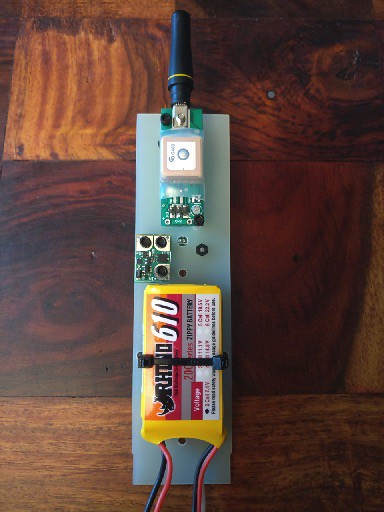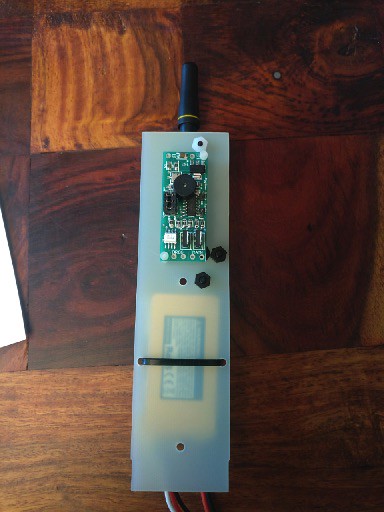Jim, I am always openly seeking knowledge and not married to any solution.
I will say this. The first post I made on TRF was in regards to safely marking my motor box with the appropriate sticker. The responses back were along the lines of that is a stupid idea and your unnecessarily risking drawing attention to you and the hobby. Basically the conversation quickly devolved in to somewhat insulting remarks and hyperbole that I was single-handed risking an entire hobby and supporting industry.
My response to that was the same here, to push back. This is not in an egotistic way but meant in a constructive way. If these scenarios are safety issues then they should be discussed and discussion should be encouraged. We all benefit from the discussion especially when in the case of apposing arguments that they have supporting facts. I would also say that if it is in fact a safety concern across the board then the governing bodies’ safety rules should prohibit this setup.
Needless to say my initial toe-dipping into this hobby and TRF almost turned me right off which I am sure some might say would have been a negative.
So far I am seeing some good points being made however I would like to see the underlying science to support them.
I believe there is good potential for this to be a topic of nuance and not a safety issue across the board. Using my setup as an example I have the following components:
- Eggtimer Quark (only firing the main apogee channel and the main has a resistor across it as per Eggtimer’s specifications)
- Featherweight Magnetic Switch (newest generation)
I run this in a 29mm MMT rocket and use engine eject as a backup.
I will perform the real world run tests and document them. As mentioned I have done numerous bench tests and in a few of them I ran the rig for a min of 3 hours and power was never an issue, however I did not document the results. I will also try to track down the current draw and do some simple math to calculate the worst-case run-time using my fully charged LiPo. On that topic I always use a fully charged LiPo for each flight, not just the flying weekend.
Where I believe there is some nuance is with the overall setup, such as in the battery choice and the circuitry of the components. In other words there may be some scenarios that are unsafe and some that are acceptably safe.
A friend of mine was an avionics engineer so I am aware that aircraft systems are protected and have redundancies, however in the case of planes, trains and automobiles not every device has a separate power supply. So feeding multiple devices off one power supply is possible to be done safely and reliably.
I am also aware from previous TRF discussions that a LiPo is a good battery choice when it comes to its ability to recover. As mentioned in previous posts, relative to 9V alkaline, LiPos have a low internal resistance.





